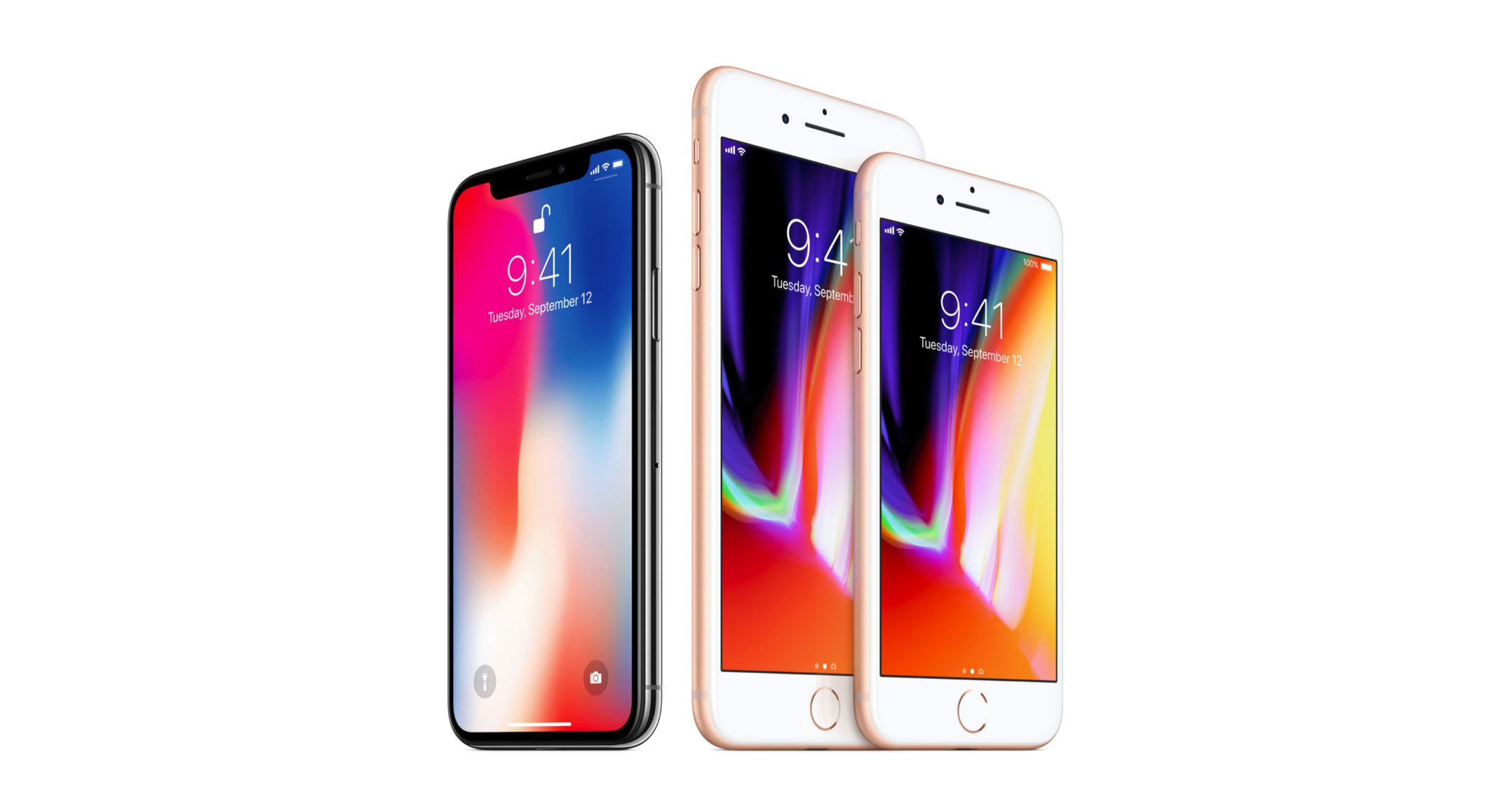
Apple’s latest smartphones, the iPhone 8 and iPhone 8 Plus, have more expensive parts, but the company will still make significant profits because it raised prices for the devices, according to research firm IHS Markit.
A base model iPhone 8 with a 4.7-inch screen and 64GB of storage includes material costs of US$247.51, up from $237.94 for the 32GB base model iPhone 7 from last year, an analysis by IHS found.
However, the new device costs $699, while the previous year’s iPhone started at $649 for the 32GB version. That means the iPhone 8 bill of materials equals about 35% of the sales price — about the same as last year. That excludes other costs, including manufacturing, software and research and development.
“The added value went to memory, camera and processing. That’s where we can materially identify where they’ve improved the overall product, and hence why they can command a higher price for it,” according to Wayne Lam, an analyst at IHS.
“The iPhone 8 represents an evolutionary upgrade to the tried-and-true iPhone business formula,” he added. “We anticipated very little changes inside the devices, so the bulk of changes will come with the iPhone X.”
The iPhone X, Apple’s tenth anniversary phone, is a more advanced device that’s expected to be in strong demand when it hits stores in November.
The iPhone business represents about two-thirds of Apple’s revenue, and the product’s unit sales, margins and average sales price are critical to the company’s results. Analysts estimate Apple’s gross margin across all its businesses will be about 38% in coming quarters, according to data compiled by Bloomberg.
Plus model
The story is similar with the iPhone 8 Plus. Its components cost $288.08, including a new camera system that costs $32.50. That’s up from $270.88 in the iPhone 7 Plus, IHS estimated. The new version starts at $799, compared to $769 for last year’s model.
The most expensive components in the iPhone 8 models are the screens and mechanical enclosures, which were both upgraded from the iPhone 7 line. The glass backs on the new devices allow for inductive charging that requires a new controller inside that’s supplied by Broadcom. That part increases power management costs by about $2, according to IHS.
Both models cost more to build than the last generations because of their improved cameras, larger starting storage capacities, and more advanced chips. The larger base storage capacity costs Apple $6 more per unit, while the new A11 Bionic processor costs about $5 more per unit, IHS said.
Apple CEO Tim Cook commented on component breakdowns on the Cupertino-based company’s fiscal second quarter earnings call in 2015 by stating he has “never seen one that is anywhere close to being accurate”. — Reported by Mark Gurman, (c) 2017 Bloomberg LP




